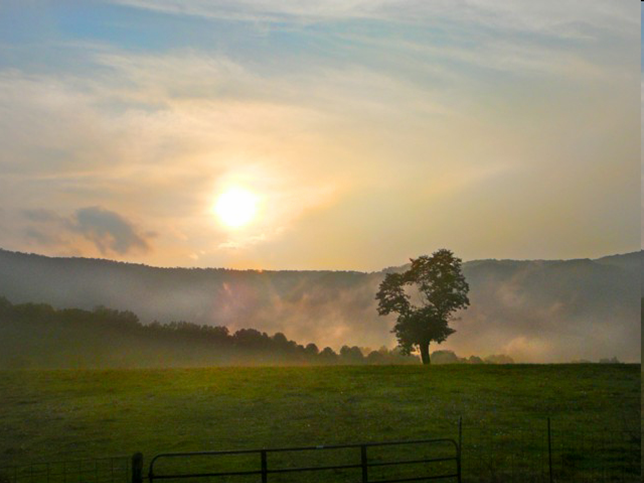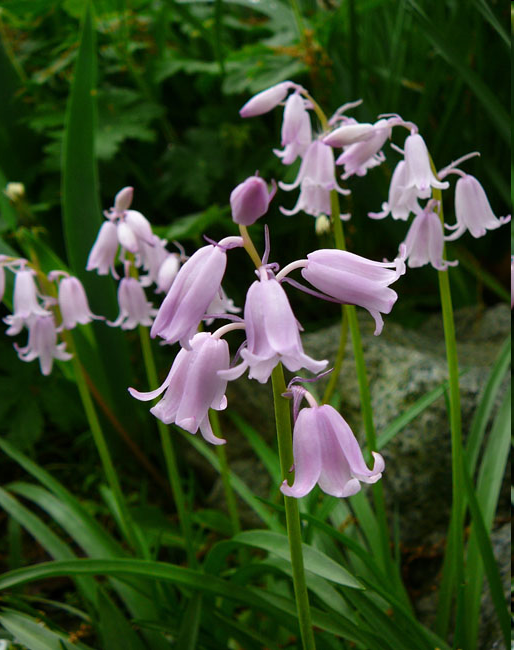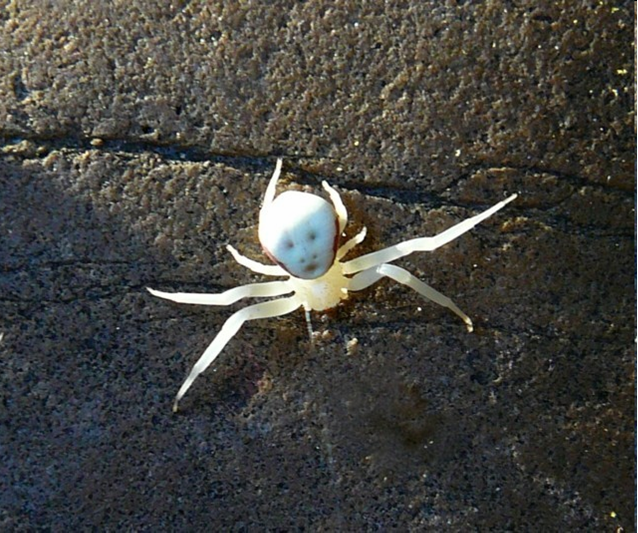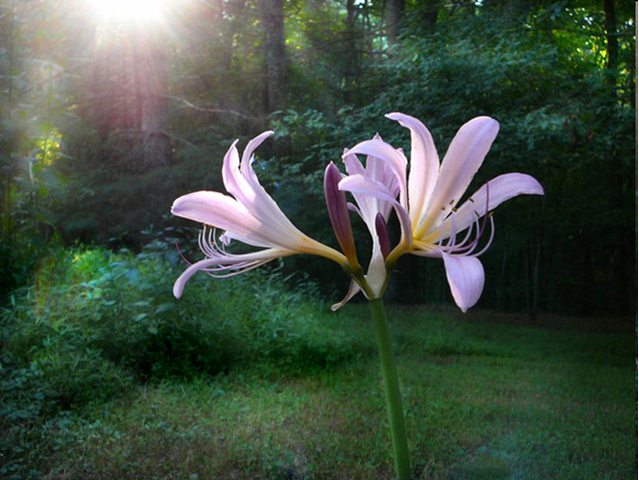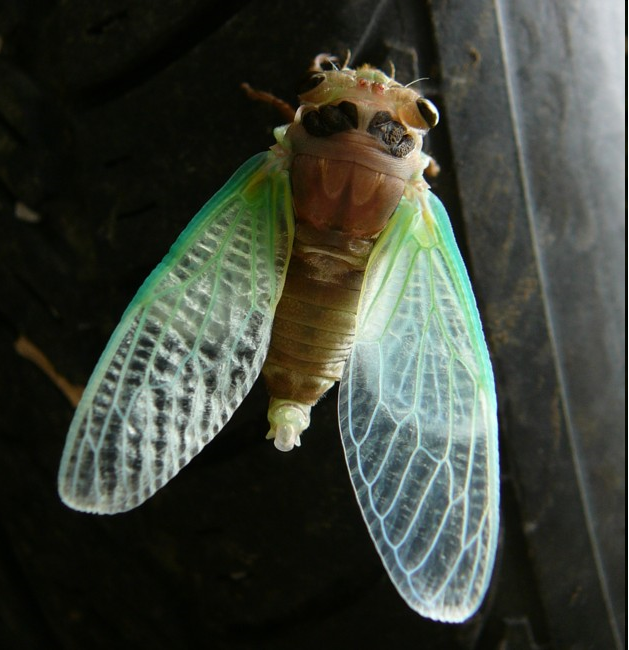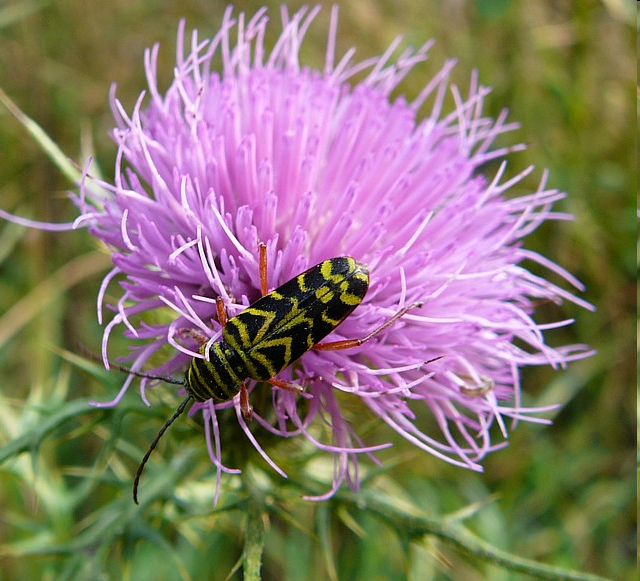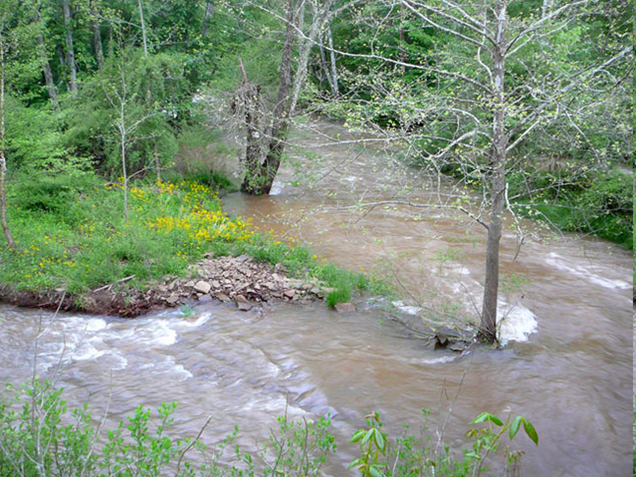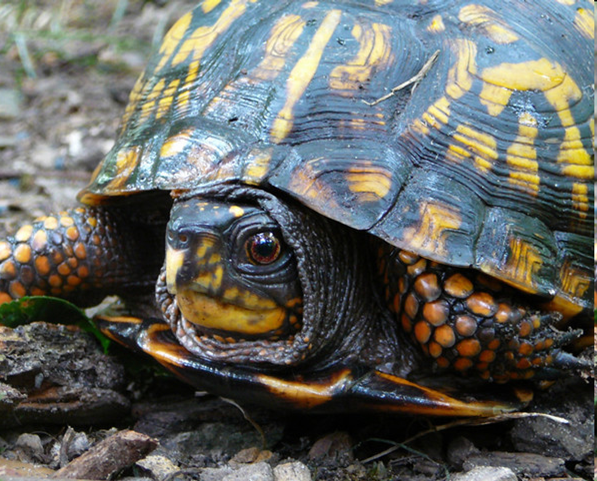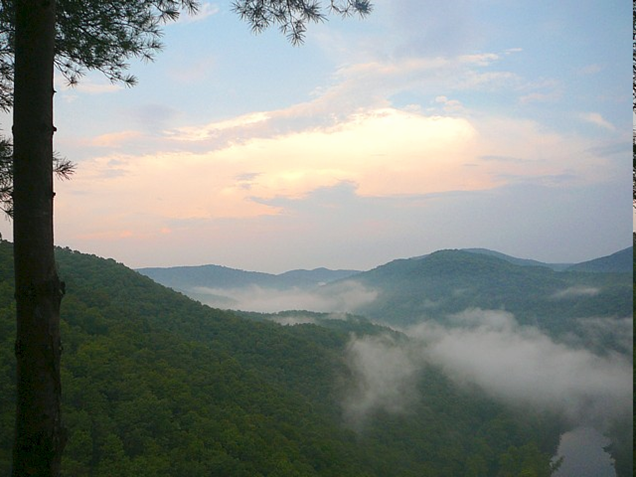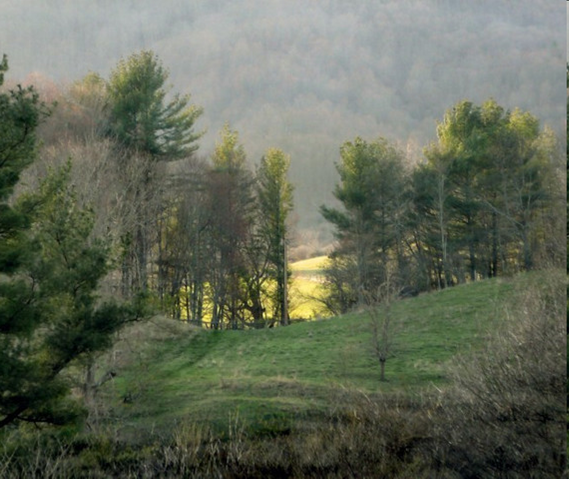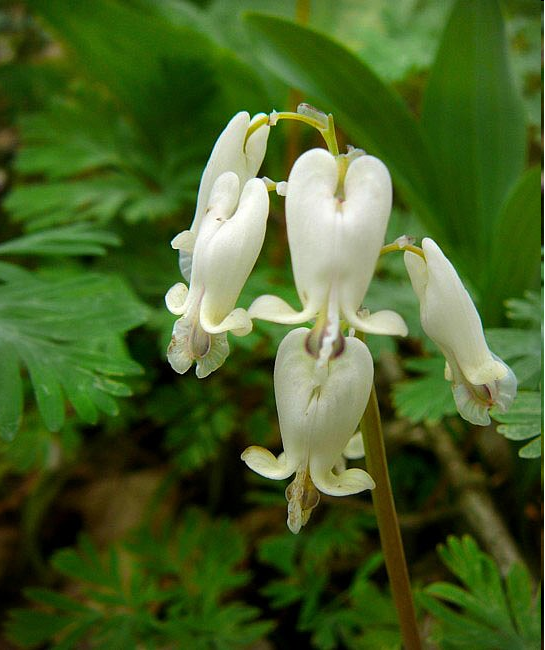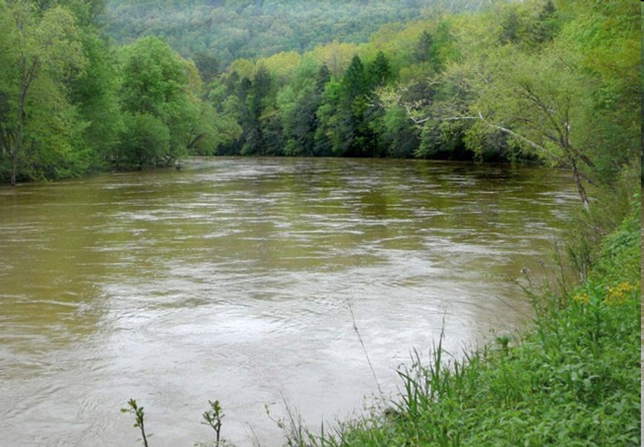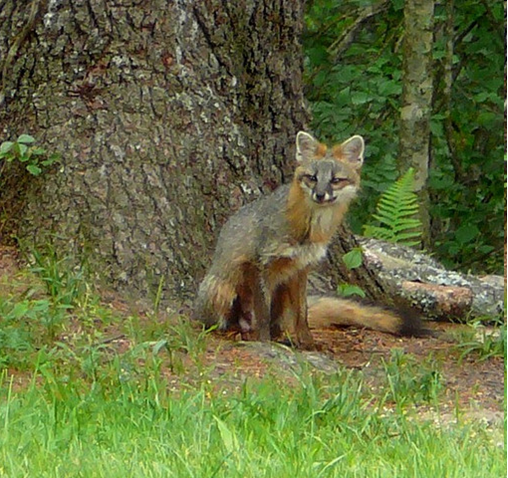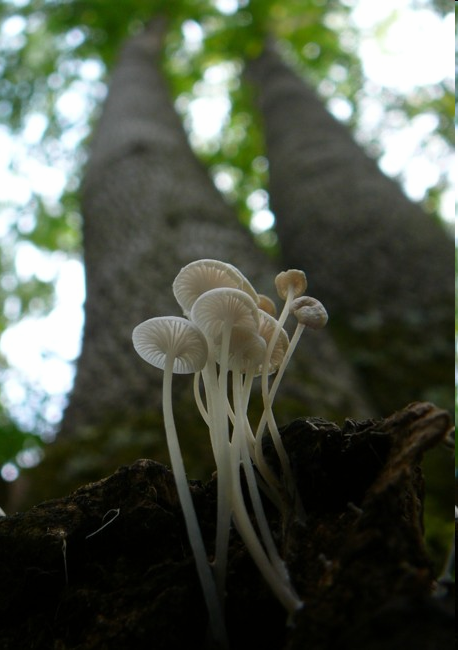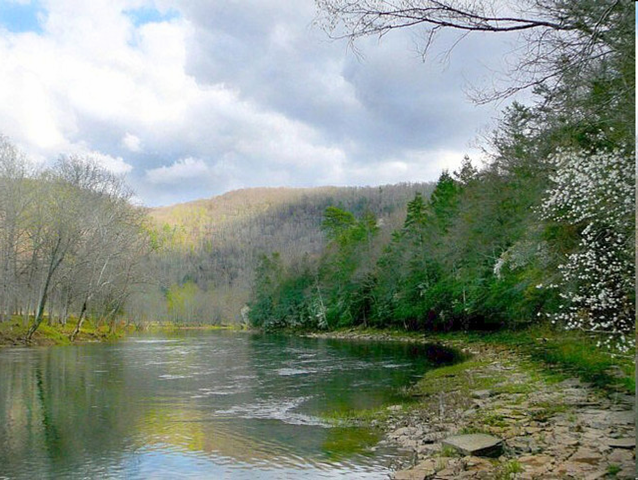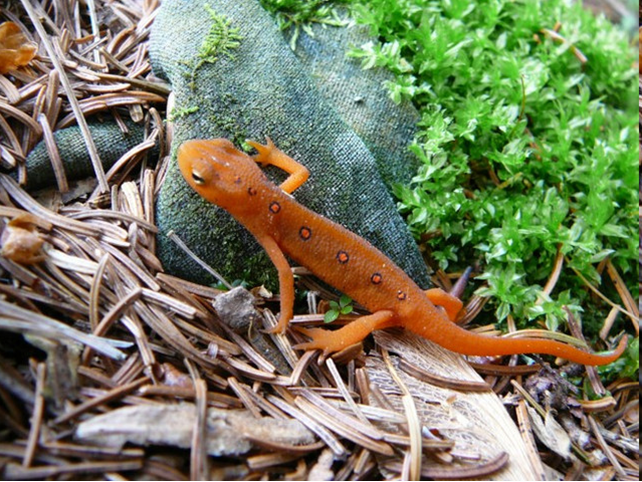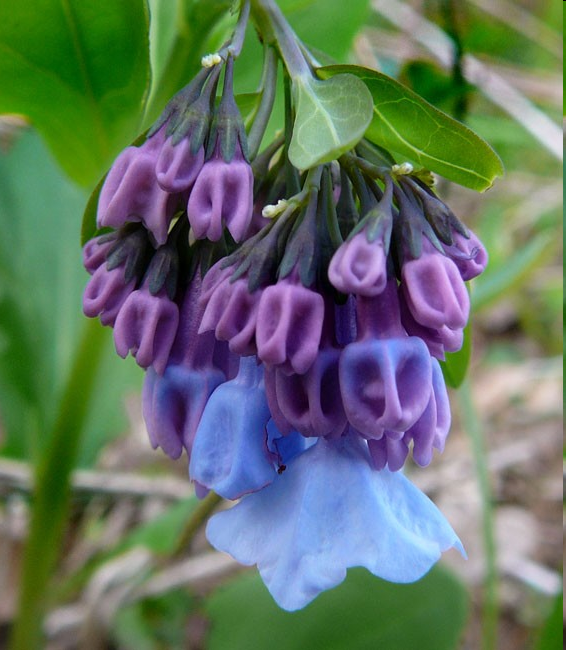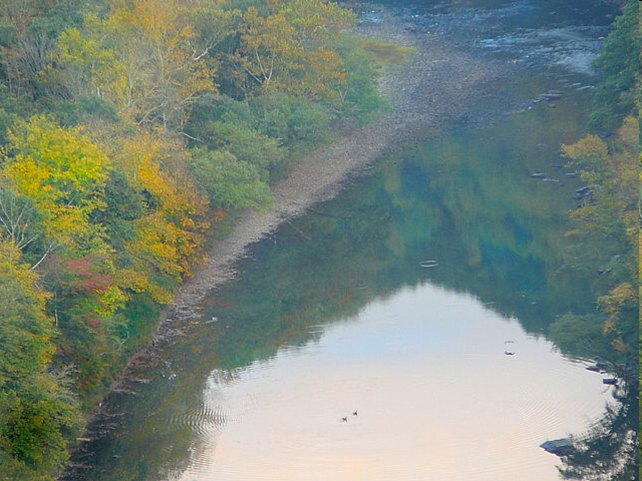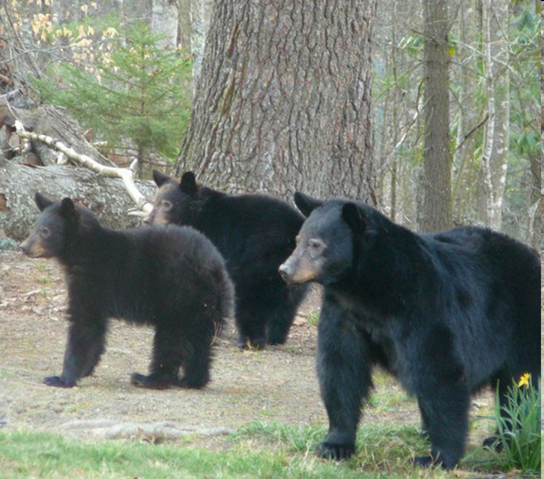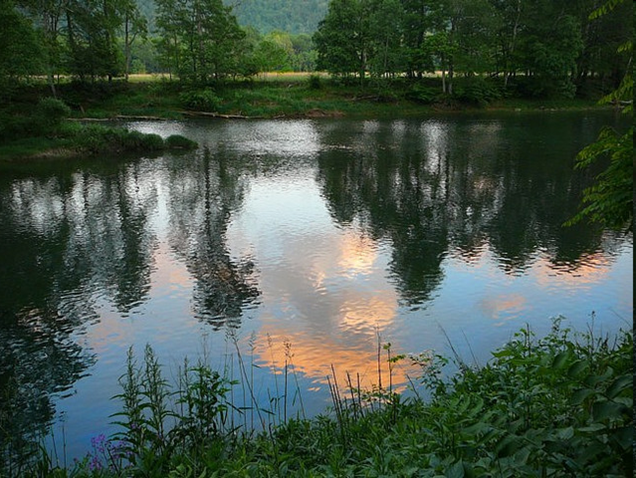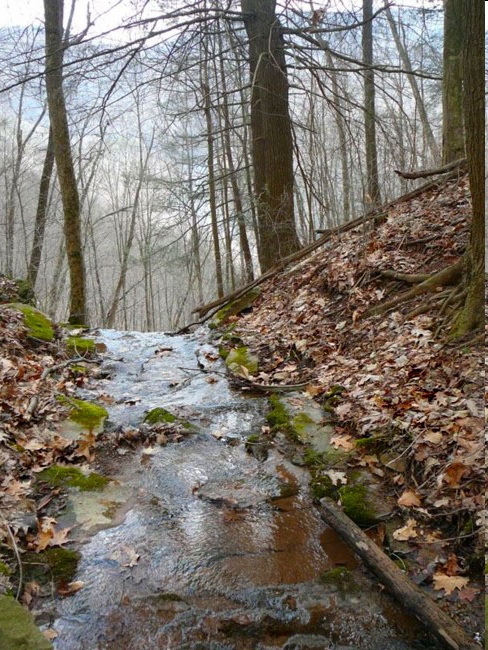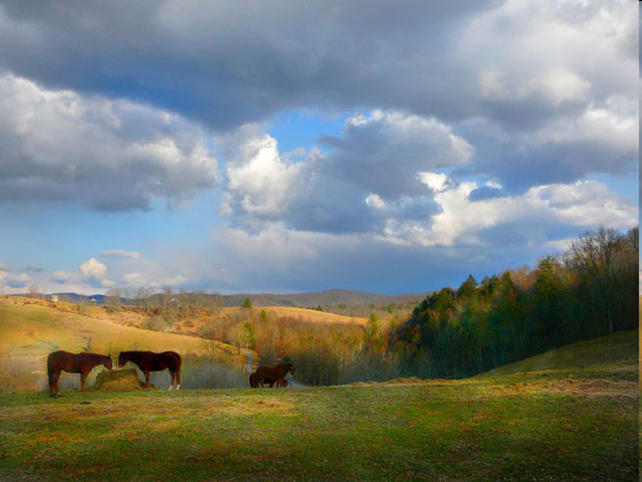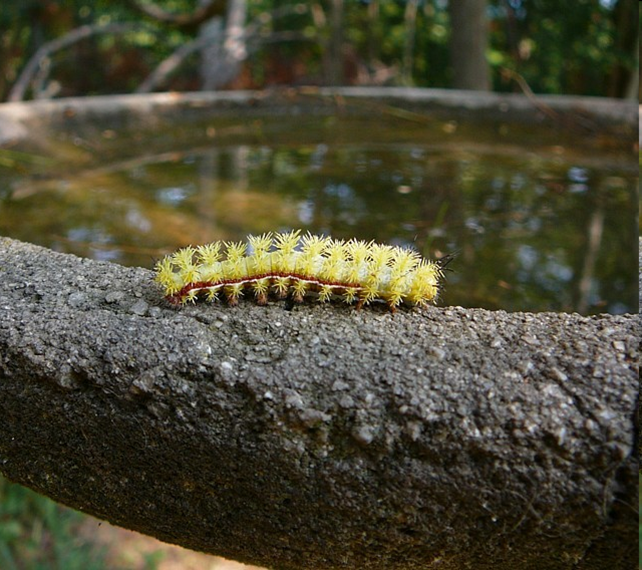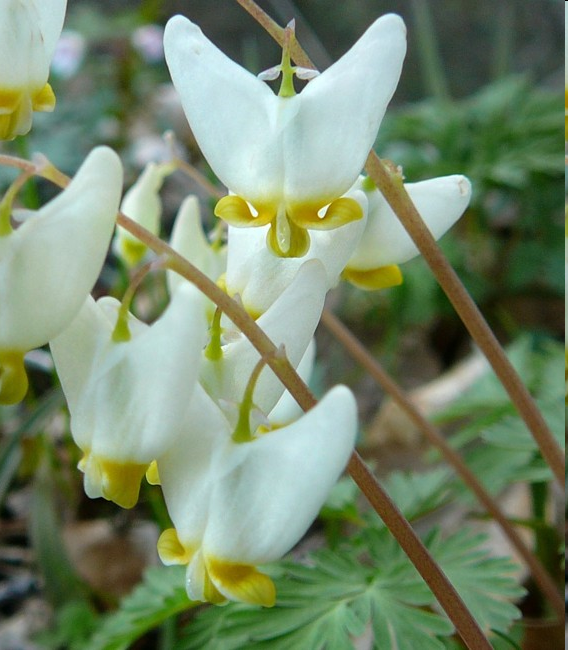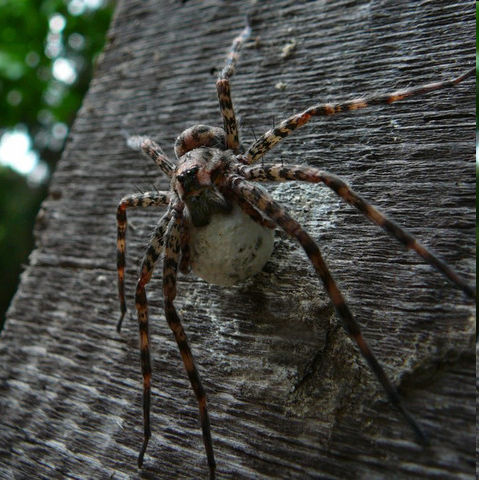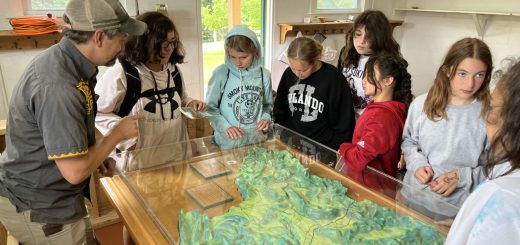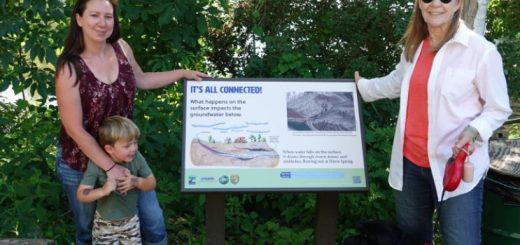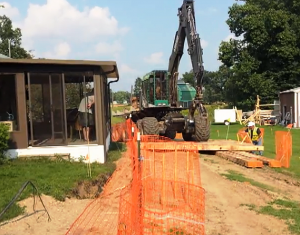 A group of landowners in West Virginia and Virginia are about to be put through an ordeal that will have long-lasting consequences for them. As proposals for three major natural gas pipelines solidify and go through the regulatory process, pipeline companies have already begun working to assemble and purchase easements along the pipeline routes. To secure the privilege of running their pipelines across private lands, the pipeline companies are offering landowners money in exchange for easements. Continue
A group of landowners in West Virginia and Virginia are about to be put through an ordeal that will have long-lasting consequences for them. As proposals for three major natural gas pipelines solidify and go through the regulatory process, pipeline companies have already begun working to assemble and purchase easements along the pipeline routes. To secure the privilege of running their pipelines across private lands, the pipeline companies are offering landowners money in exchange for easements. Continue
___________________________________________________________________________________________
Landowners play the most crucial role in the maintenance and preservation of the Greenbrier River Watershed. There are many factors affecting the watershed including climate, physical features, karst, soil, vegetative cover, land usage, and pollution. Every one of these factors affects a landowner, whether it be the contour of the land, the type of vegetation found on the property, or access to clean water. The activities of each individual landowner have direct effects upon the watershed, and it is 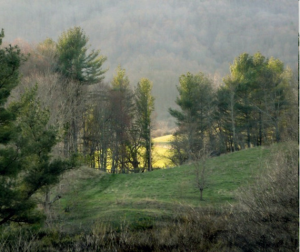 the responsibility of the landowner to be a good steward of the property.
the responsibility of the landowner to be a good steward of the property.
Pollution is a major problem facing landowners. The are many sources of pollution, including pollution from sediments, organic wastes, excessive nutrients, and toxic substances from industrial and urban activities. Sediment pollution results when the sediment load in a body of water exceeds that of natural conditions. This occurs where development has stripped away the vegetation, creating highly eroded areas. Poor logging practices, construction sites, sand and gravel pits, agricultural lands, urban areas, unpaved roads, and eroding roadsides can also contribute to sediment pollution. Sediment pollution dramatically impacts water resources by filling in cracks between rocks and logs, creating poor habitats and eventually smothering aquatic insect life important for fish.
Organic pollution comes mainly from human activities, including sewers (or lack there of) and farming. Large accumulations of organic wastes use large amounts of oxygen, leaving little oxygen for fish and aquatic insects. Less desirable organisms, like some fly larvae and worms, may become abundant in low oxygen waters.
Nutrient pollution is a third type of pollution. Too much nitrogen and phosphorus can result in excessive growth of aquatic vegetation and algae. An algal bloom blankets the water’s surface and can produce odors and problems within the drinking water supply. Algal blooms deplete the oxygen supply in the water as it decomposes.
Finally, toxic substances can enter the water through industrial and municipal wastewater discharges, storm drains, agricultural and urban land runoff, and from leaching of waste materials dumped in the area. Toxic substances have the potential to impair or kill aquatic life, reducing the numbers and diversity of species, and thereby disrupting the natural aquatic community. 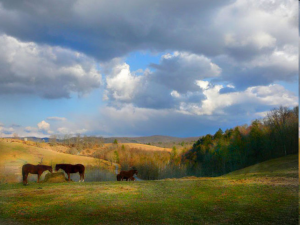
There are a variety of signs for spotting pollution. Landowners along the river often are the first to spot pollution in the water. Signs of water pollution include things as simple as muddy water, algal blooms, and water discoloration to bad taste and odors. For further information on how to determine the overall well being of your land and water, contact the Greenbrier River Watershed Association and let us help at at (304)-647-4792 or email us at greenbrierwatershed@yahoo.com















